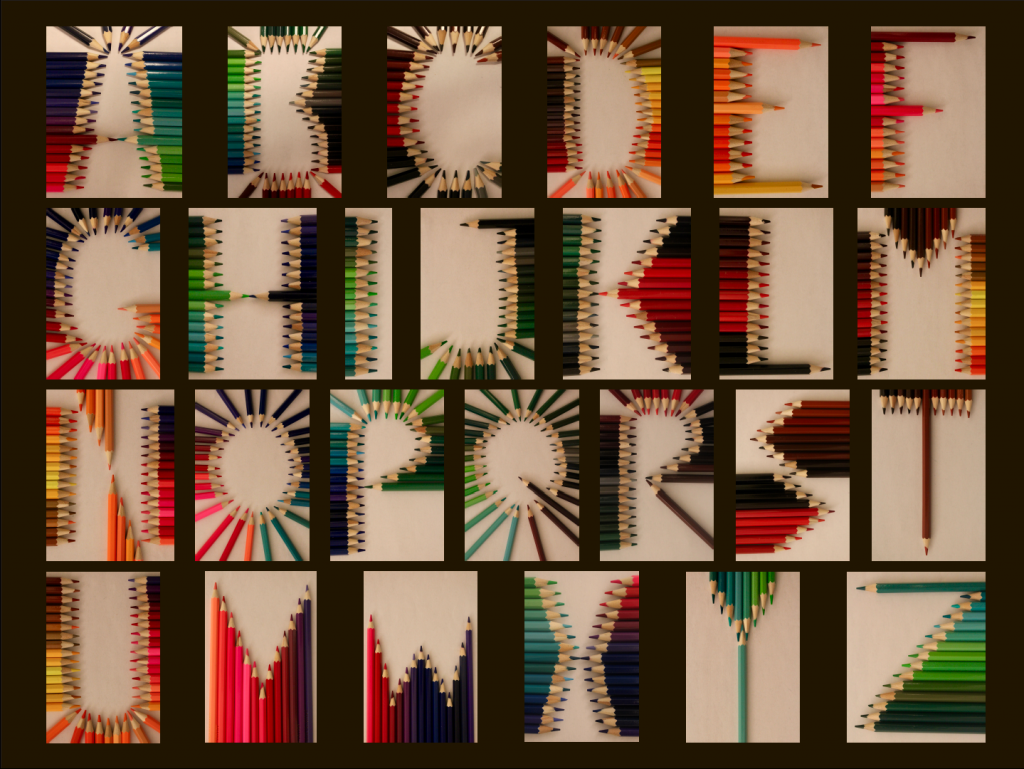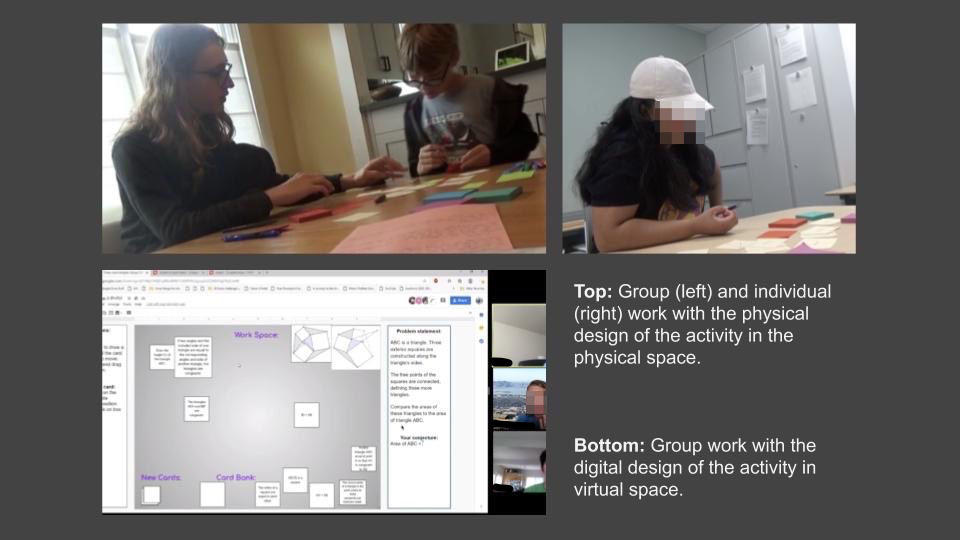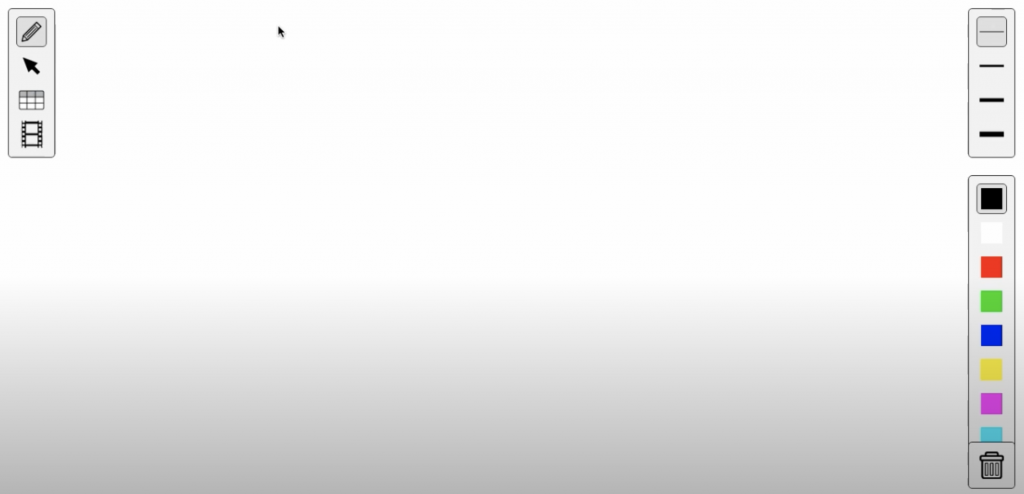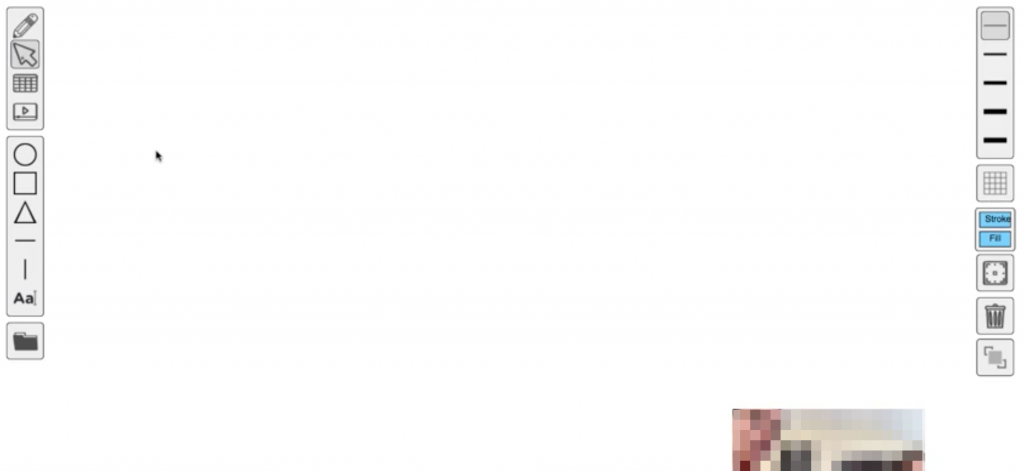User Study: Berkeley Public Library
Project Description:
A 4-week long, group, class project for “User Experience Research.” The assignment goal was to identify an app, website or service and conduct research to identify problems users might be facing, as well as potential solutions, combining insights from a variety of data sources.
Approach:
My team (Vaibhav Anand, Sida Wang) and I chose to study the website and offerings of the Berkeley Public Library. The Berkeley Public Library (BPL) has been recognized as one of the best public libraries in the United States (CBS SF, 2021) and has a great variety of resources that go well beyond books, newspapers, and workstations with computers and access to Wi-Fi. For example, they have a “tool lending” service which was recently updated to also offer culinary instruments and utensils (SF BAY CA, 2021) with the goal to enhance members’ experiences and renewed interest in cooking and baking because of the COVID-19 pandemic. We wanted to study how the impressive work and offerings of the BPL are perceived by the public, especially due to the changes from the COVID-19 pandemic.
We identified three areas we wanted to explore more: (i) activities that can help build a sense of belonging and community, (ii) easiness of accessing the resources BPL offers on their website, and (iii) activities and resources specifically tailored to families. We utilized surveys, interviews with members and staff of the BPL, and online usability testing.
Main Insights:
- Even though the BPL is really active and well-resourced, there is limited understanding of what different families need in order to feel connected and a part of the larger community.
- This includes functions such as spelling correction when searching for book titles, services such as “show and tell” for youth to share the work they did in BPL workshops or reading insights from books they read, redesign of website and expansion of resources that are accessible to neurodivergent community members, and purposeful outreach efforts to connect with community members from a lower socioeconomic background.
- Tool lending services and eLearning services (especially for youth) seem to be particularly underutilized.
- Events held by BPL are highly rated, but only some of the study participants were aware of them.
If interested to find out more, here is the final slide deck for our project.





